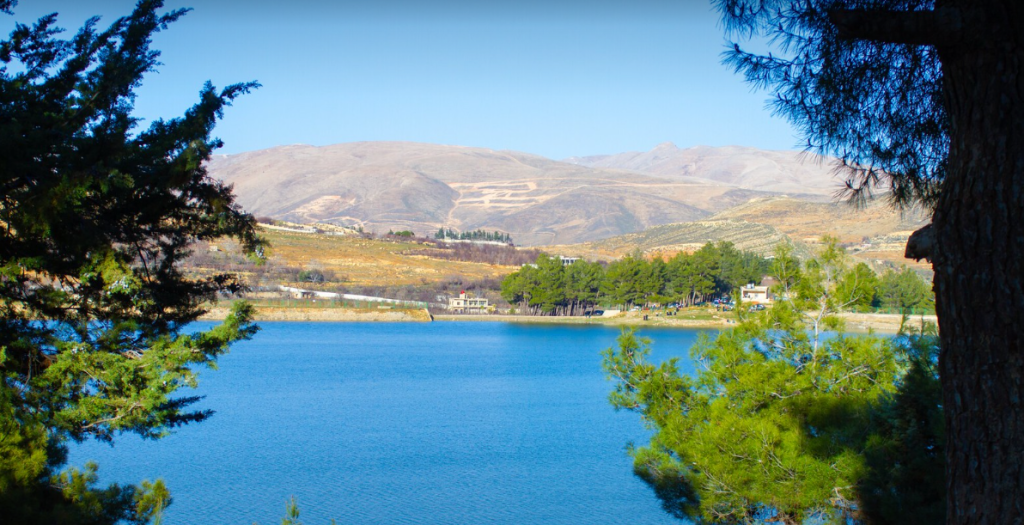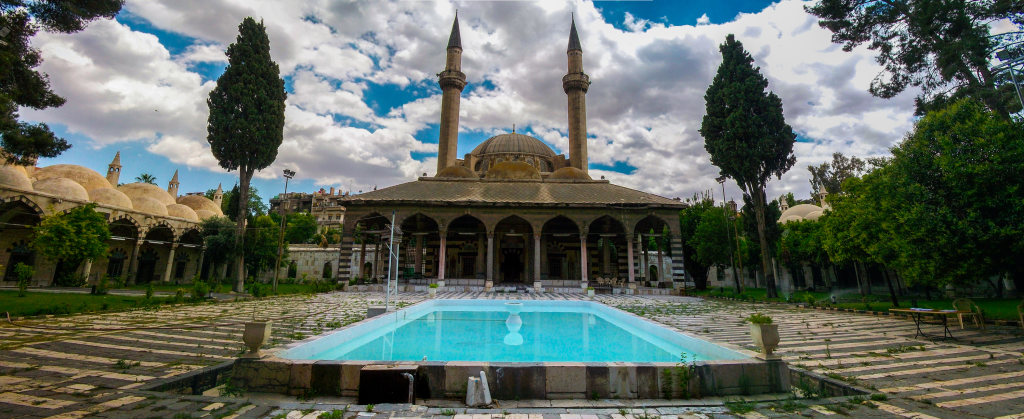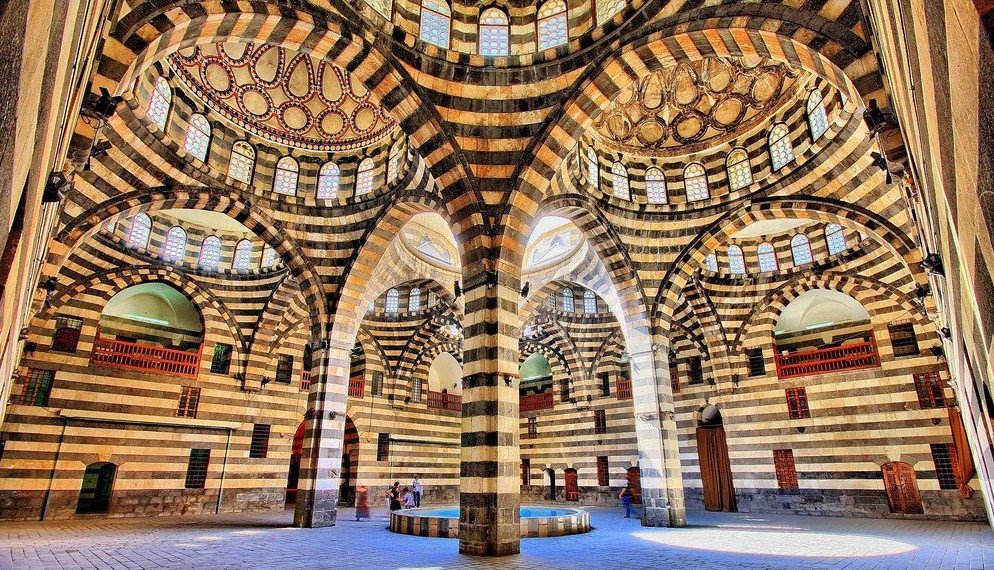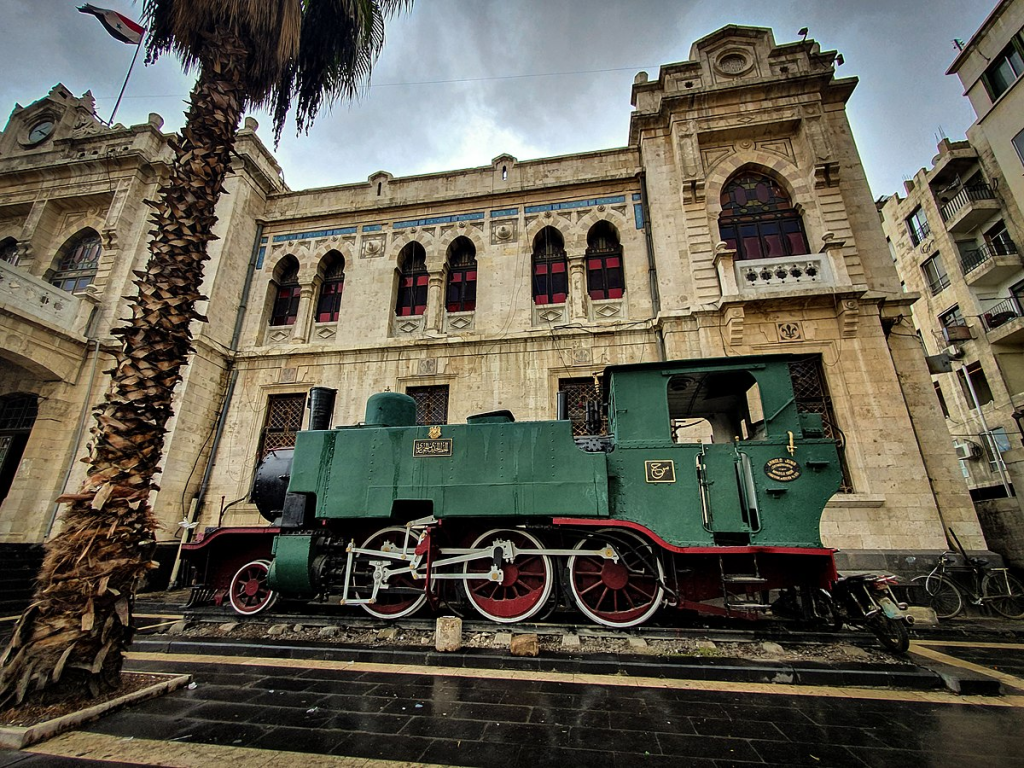Damascus Through the Ages: A City of Many Names!
Damascus is a living story, written on the walls of time. As the oldest continuously inhabited capital in history, it has seen empires rise and fall, cultures blend, and civilizations leave their mark. No wonder it carries so many names, each reflecting a different chapter of its epic journey. Let’s take a trip through the names Damascus has had over the centuries!
1. Damascus

Some say it comes from the word “damashaqat”, meaning “it was built quickly.” Others believe it has Akkadian or Aramaic roots, translating to “land rich in water.”
2. Tameshq – Damashqa – Dimashqi

Variations of the name were used by ancient civilizations like the Babylonians and Arameans to describe the city’s prosperity and significance.
3. Jallaq

A name that was famous in pre-Islamic poetry and Arabic literature, and was used to indicate the beauty and antiquity of Damascus. This name is still mentioned today in popular expressions like “Ya Jallak.”
4. Al-Sham

One of the most well-known names! While Al-Sham originally referred to the entire Levant, over time, it became synonymous with Damascus itself. Some even believe it comes from Sam bin Noah, who is said to have settled there.
5. Damascus of Sham

This name was used to distinguish it from “Damascus of the West”—aka Granada in Andalusia.
6. Sham Sharif

The Ottomans bestowed this title upon Damascus in honor of its religious and historical significance.
7. Ain Al-Sharq

Roman Emperor Julian called Damascus this because of its status as a cultural and commercial hub at the heart of the East.
8. Zhat Al-Imad

A nod to its grand architecture and towering pillars, a title the Ottomans embraced.
9. Al-Fayha

This one highlights its lush greenery, especially the famous Ghouta that once surrounded the city like an oasis.
10. Jannat Al-Ard (Heaven on Earth)
With its jasmine-filled streets, breathtaking gardens, and rich history, this name makes perfect sense!
11. Al-Ghanna‘

Another nickname that pays tribute to its green spaces.
12. Jiroun & Hisn Jiroun

Jiroun was the name of an old city gate, while Hisn Jiroun emphasized Damascus’s role as a fortress against invaders.
13. Fustat Al-Muslimeen
Early Muslims saw Damascus as a center of faith and a place of security.
14. Bab Al-Kaaba

During the Umayyad era, Damascus was an important stop for pilgrims heading to Mecca.
15. Aya Maria (Virgin Mary)
Romans named the city after Saint John’s Cathedral (later the Umayyad Mosque).
16. Ras Bilad Aram
It was once the capital of the Aramean kingdom.
17. Madinat Naaman Al-Abras Al-Arami
Named after Naaman the Leper, a historical figure from Damascus’s Aramean past.
18. . Bayt Rimmon
The name is derived from an ancient temple that was dedicated to the god Rimmon in Damascus during the Aramaic era.
19. Qaryat Al-Masarra (The Village of Joy)
A charming title from Aramean times, celebrating the city’s beauty and peaceful life.
20. Madina Eleazar Khadim Al-Nabi Ibrahim
This name ties Damascus to Eleazar, a servant of the Prophet Abraham.
21. Dimitrias
When Greeks settled in Damascus, they named it Dimitrias in reference to their community there.
22. Qa’idat Suria Al-Mujawwafa
A Roman-era name referring to its strategic military role.
23. Hadirat Al-Rum wa Bayt Malikiha
In pre-Islamic times, Damascus was a powerhouse of civilization, earning it this grand title.
24. Qasbat Al-Sham
Many Islamic scholars and historians used this term to recognize its position as a capital and cultural center.
25. Hisn Al-Sham
Another Islamic-era nickname emphasizing Damascus’s role as a stronghold for Muslim rule.
26. Durrat Al-Sharq & Durrat Al-Mada’in (Jewel of the East & Jewel of Cities)
Because let’s be honest—Damascus shines like a diamond among cities!
27. Madina Al-Yasmeen (The City of Jasmine)
A later but beloved nickname, inspired by the jasmine vines that perfume its streets.
28. Madina Al-Abwab Al-Saba’a (The City of Seven Gates)
It was named after the seven gates that surrounded the walls of the old city, such as Bab Touma and Bab Sharqi.
29. Asimat Al-Umawiyin (The Capital of the Umayyads)
Damascus was the heart of the first Islamic empire, the Umayyad Caliphate.
30. Al-Azraa (The Virgin)
Some say this name comes from a legend linking it to the Virgin Mary, while others think it’s a translation of Giniq (meaning virgin).
31. Bayt Al-Muluk (House of Kings)
A fitting title since it has been home to countless rulers throughout history.
32. Hadirat Al-Dunya (Capital of the World)
A bold claim, but one that Damascus has lived up to time and time again.
If you enjoyed this article about the names of Damascus throughout the ages, make sure to visit the #Bil-Shami section on our website to see more!